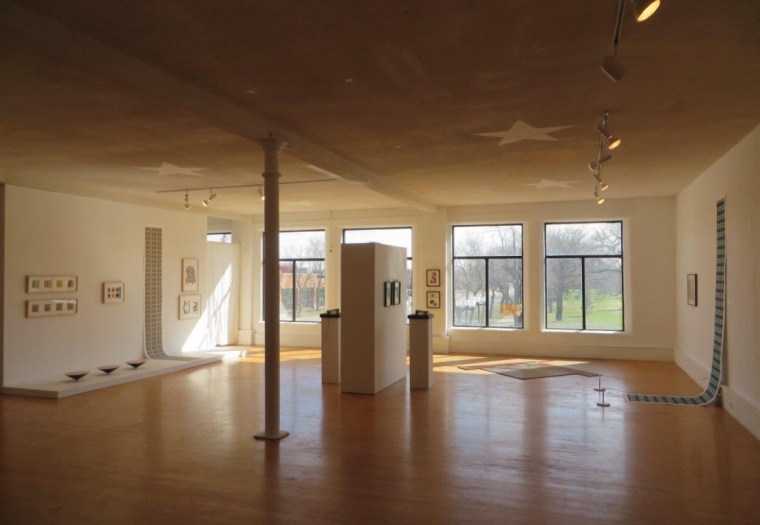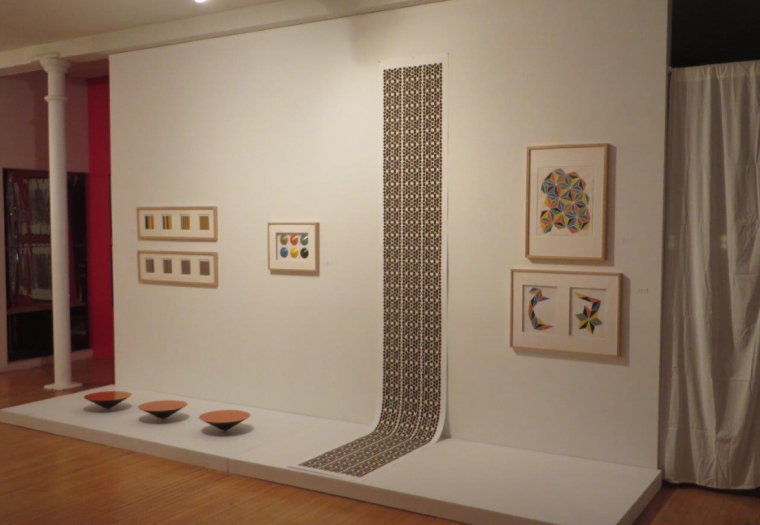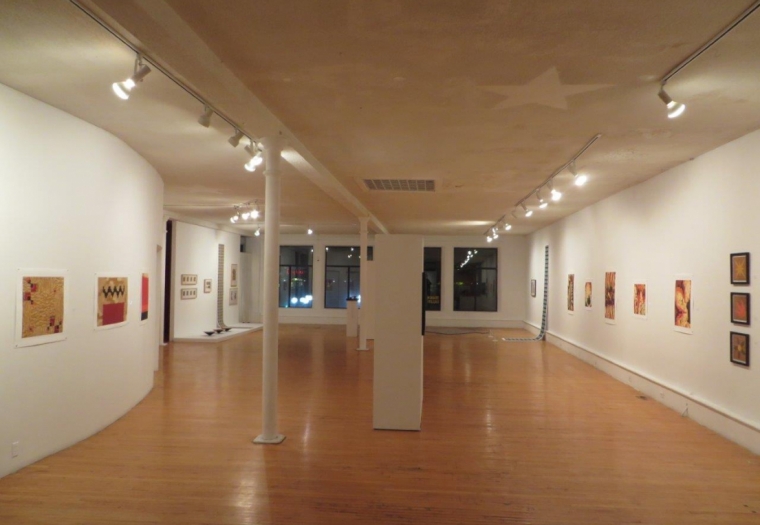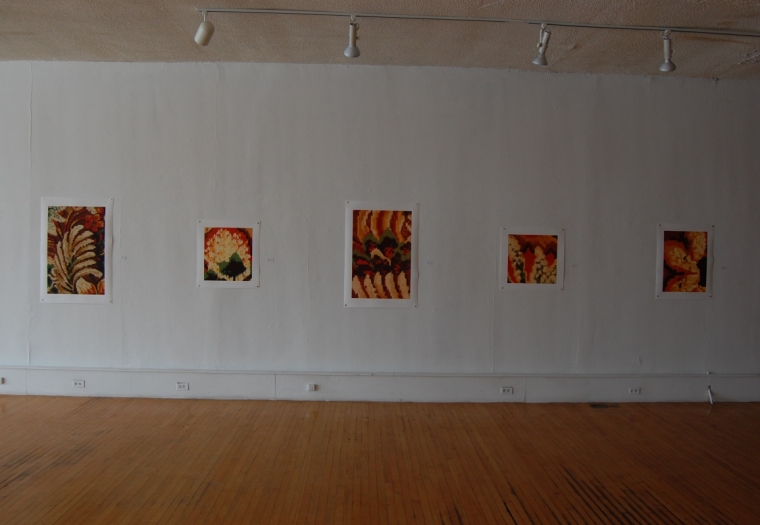Underfoot: Domestic Abstraction
Adrian Cooke is an artist/sculptor with a record of both solo and group exhibitions across Canada. After graduating with honours from the Alberta College of Art in Calgary, Alberta, he pursued post-diploma studies at the New York Studio School in New York City and earned his BFA from the Alberta College of Art and Design in. He has also participated in summer sessions at the Banff Centre, Alberta and Emma Lake, Saskatchewan.
Adrian has been a juror and member of various arts organizations and has performed preparatory and technical duties in art galleries and art departments. His artistic practice and technical skills have led to opportunities that include team-teaching in sculpture and museum studies.
Canada Council Grants provided him with the opportunity to study abroad where he worked in the historical atmosphere of England and Italy, furthering his interest in architecture and design as it relates to his home and sense of place in Canada.
The Glenbow Museum, Calgary, Osler, Hoskin and Harcourt, Toronto, Concordia University, Montreal, the University of Lethbridge, Alberta, the Art Gallery of Alberta, Edmonton, The Art Gallery of Nova Scotia and the Canada Council Art Bank are among the institutions that include his work in their collections.
Adrian continues to live and work in Lethbridge, Alberta, pursuing exhibition and artistic opportunities related to his sculptural pursuits.
“I draw my inspiration from considerations of how shapes, forms, patterns and textures indigenous and unique to the prairie region transform our surroundings and inform our sense of place. Architectural and sculptural configurations specific to this region are reflective of their purpose and shaped by the diversity of those living here. In the sometimes bleak and unforgiving landscape, iconographic forms become visually inviting. The expansive landscape and sky become a viewing room, a gallery, where a metamorphosis occurs between the natural landscape and that of human activity. My interpretations have evolved into configurations that reflect how human interaction with their surroundings are continually reshaping and redefining our relationship with our environment.”
-Text provided by the University of lethbridge









